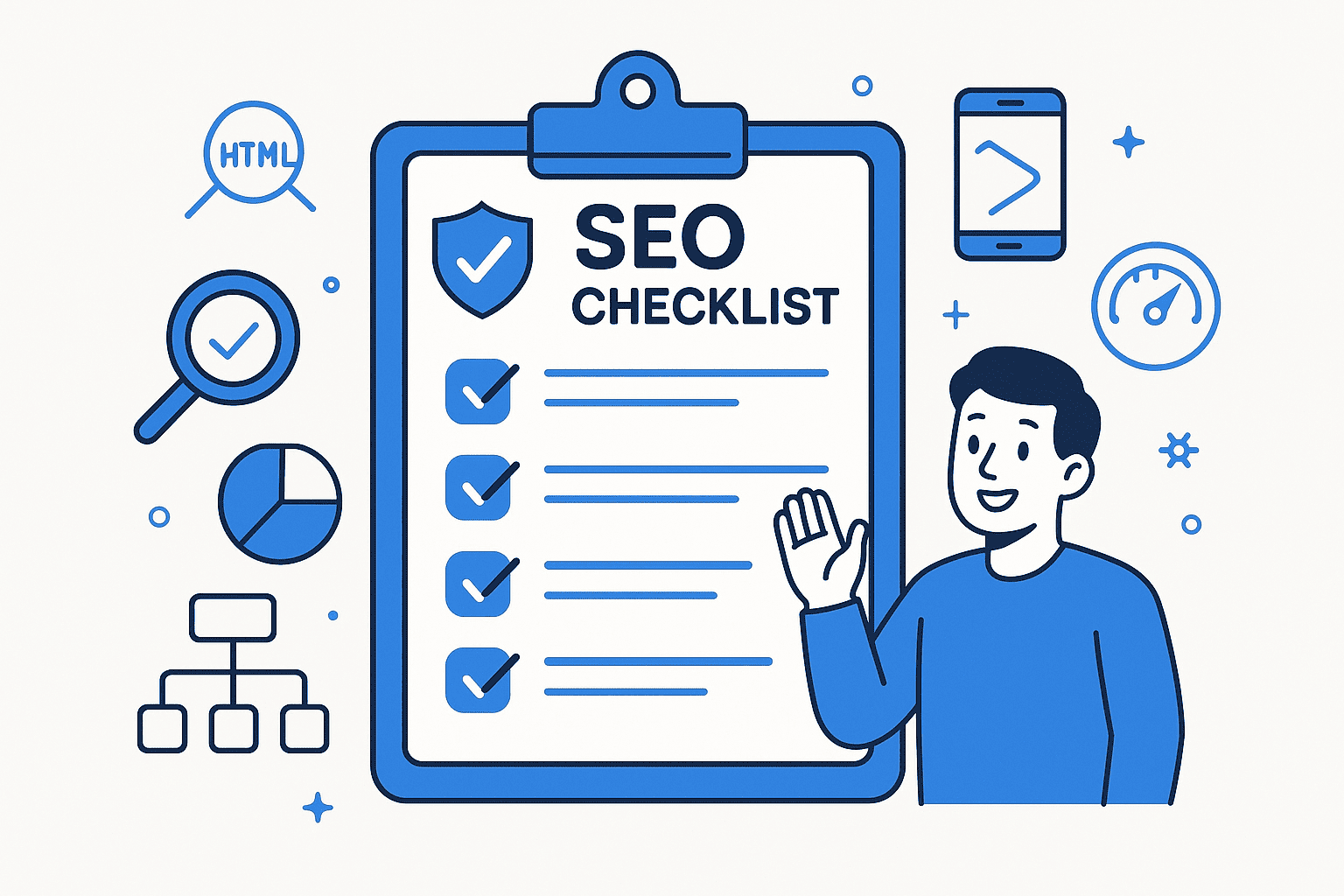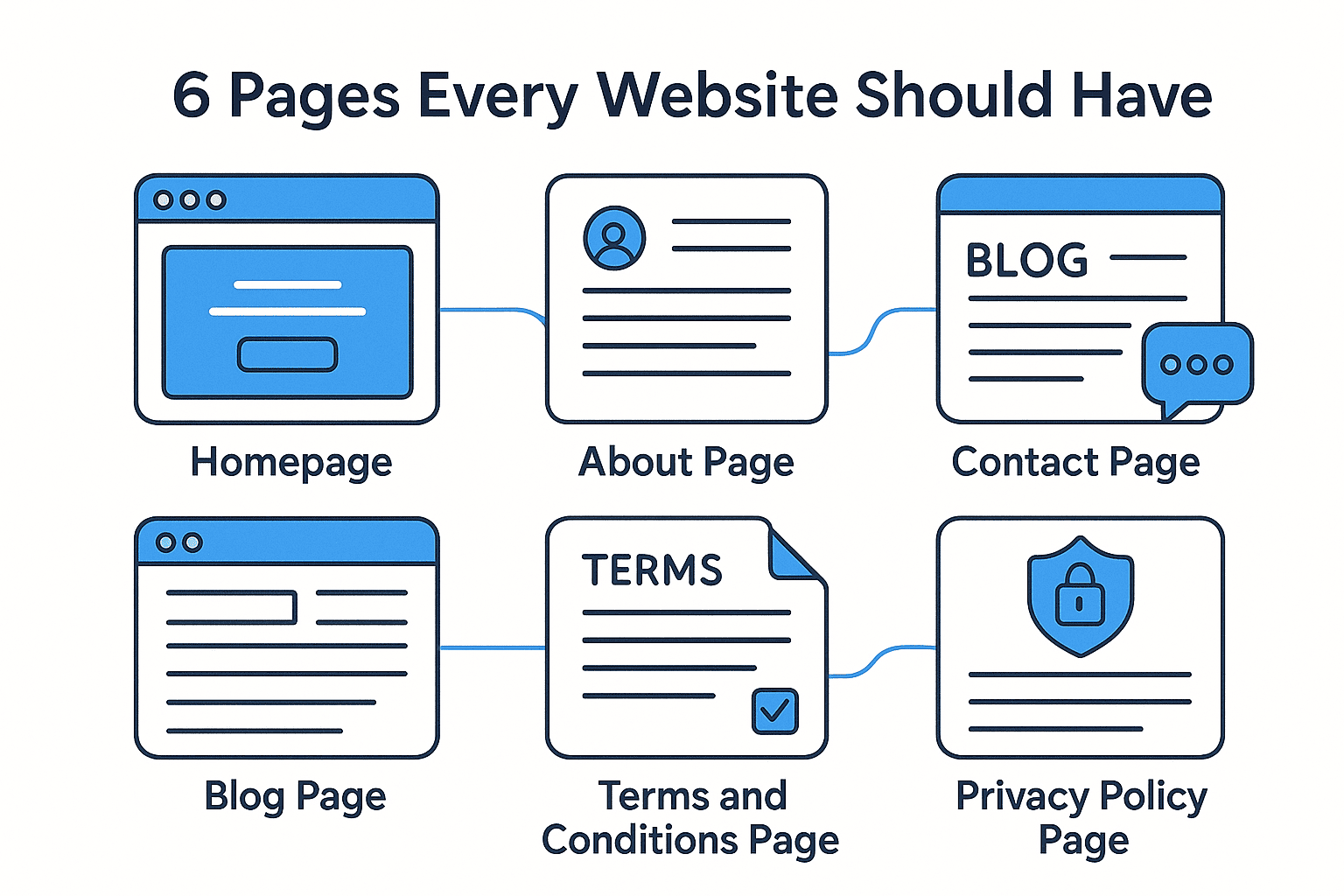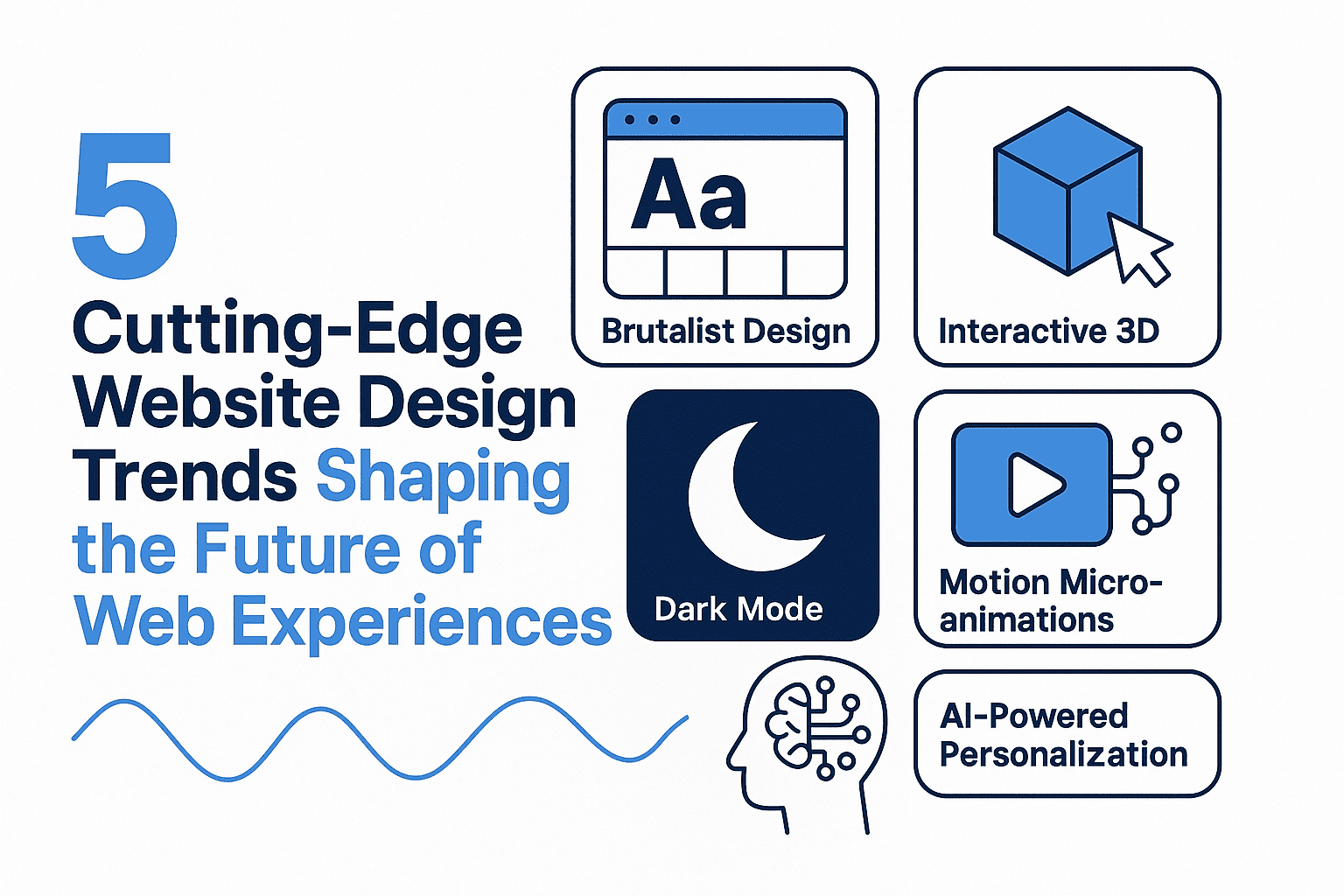When launching a website, on-page SEO is your foundation. Start by optimizing title tags, ensuring each page has a unique, keyword-rich title (e.g., “Best SEO Checklist 2024 | "Safi". Use meta descriptions to summarize content, including primary keywords and a call-to-action (e.g., “Learn how to boost your site’s visibility with our ultimate SEO checklist!”). Structure content with H1, H2, and H3 headers to improve readability and signal topic relevance. Always prioritize user intent, write for your audience, not just search engines.
How Do I Ensure My Website’s Technical SEO Is Optimized for Search Engines?
Technical SEO ensures search engines can crawl and index your site effectively. Use tools like Google Search Console to monitor crawl errors and fix broken links. Implement a robots.txt file to block non-essential pages, and ensure your site has a XML sitemap. Optimize structured data markup (using Schema.org) to enhance rich snippets in search results. Also, set up canonical tags to avoid duplicate content issues and ensure your site is mobile-friendly with a responsive design.
What Content Strategies Should I Implement to Boost SEO Performance?
High-quality, keyword-optimized content is critical. Create evergreen content that answers common user questions (e.g., “How to Improve SEO for Beginners”). Use long-tail keywords to target specific search intent, and incorporate internal linking to guide users deeper into your site. Prioritize content freshness by updating older posts regularly and adding new resources like blog updates or case studies. Tools like Ahrefs or SEMrush can help identify content gaps and track competitor strategies.
Why Is Mobile-Friendliness Crucial for My Website’s SEO Success?
Google’s mobile-first indexing means your site must function flawlessly on all devices. Use responsive design to ensure content adapts seamlessly to screen sizes, and test with tools like Google’s Mobile-Friendly Test. Optimize load times by compressing images, leveraging browser caching, and minimizing JavaScript. A mobile-optimized site not only improves rankings but also enhances user experience, reducing bounce rates and increasing conversions.
How Do I Improve Page Speed and Performance to Rank Better in Google?
Page speed is a ranking factor, so prioritize optimization. Compress images with tools like ShortPixel or TinyPNG, and use modern formats like WebP. Enable compression (Gzip/Brotli) and leverage a CDN to serve content faster globally. Minify CSS, JavaScript, and HTML code using tools like GTmetrix or PageSpeed Insights. Test performance regularly with Lighthouse, and ensure your site loads in under 2 seconds for optimal user experience.
What Analytics Tools Should I Use to Track My Website’s SEO Progress?
Track SEO performance with tools like Google Analytics 4, which provides insights into traffic sources, user behavior, and conversion rates. Use Google Search Console to monitor impressions, click-through rates, and indexing issues. Set up UTM parameters for tracking campaigns and internal links. Regularly audit your site’s performance using Screaming Frog or Ahrefs Site Explorer, and adjust your strategy based on data-driven insights.
Are There Any Advanced SEO Techniques I Should Incorporate for Long-Term Success?
Yes! Focus on voice search optimization by incorporating natural, conversational keywords. Build a strong backlink profile using guest blogging and outreach to authority sites. Implement schema markup for rich snippets (e.g., reviews, events). Use alt text for images to improve accessibility and SEO. Lastly, stay updated on algorithm changes by following Google’s guidelines and industry blogs like Search Engine Journal or Moz.
Conclusion: Final Checklist for a Search-Engine-Friendly Website Launch
Before launching, ensure your site includes:
- Optimized title tags and meta descriptions.
- Mobile-friendly, fast-loading design.
- High-quality, keyword-rich content.
- Technical SEO best practices (sitemap, canonical tags).
- Analytics and tracking tools for performance monitoring.
By following this checklist, you’ll set your website up for long-term success in the competitive digital landscape. Remember to revisit and refine your strategy regularly, as SEO evolves with search engine algorithms and user behavior. Start today, your audience (and Google) will thank you!
🚀 Let’s build something amazing! If you have a project in mind or need help with your next design system, feel free to reach out.
📧 Email: safi.abdulkader@gmail.com | 💻 LinkedIn: @abdulkader-safi | 📱 Instagram: @abdulkader.safi | 🏢 DSRPT
Drop me a line, I’m always happy to collaborate! 🚀



